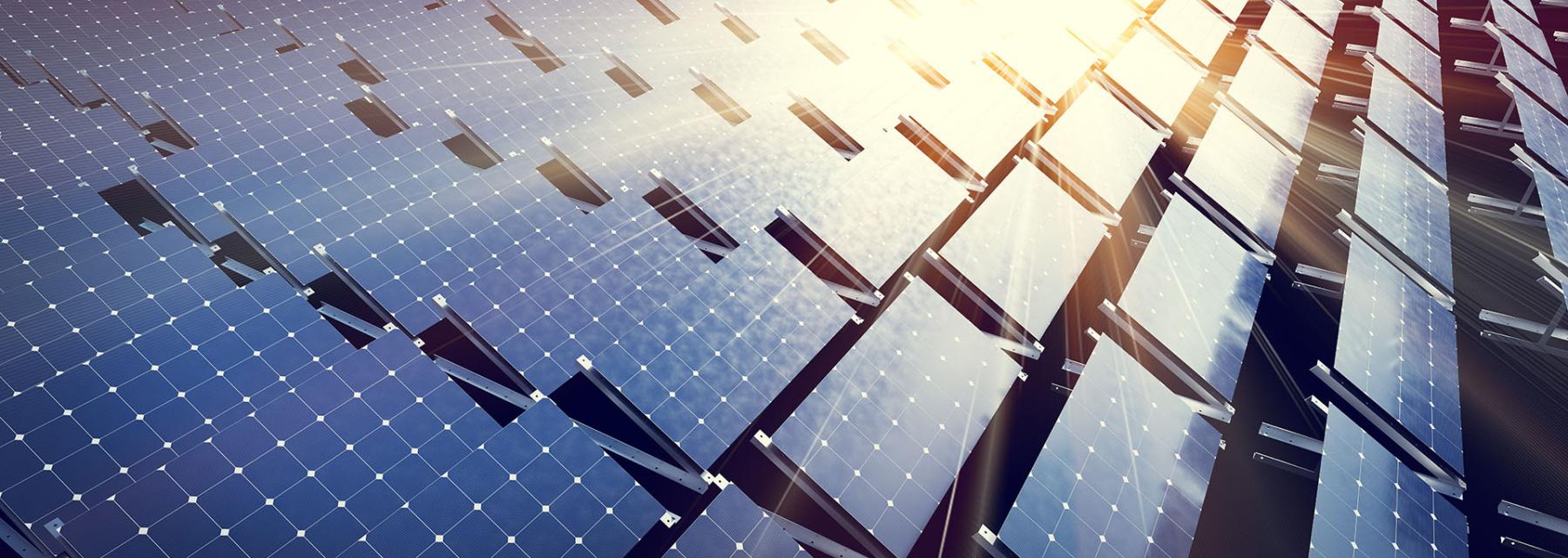
How Accessible is Solar Energy?
Students begin by using the Google Sunroof website to compare the cost/benefits of installing solar panels on a home's roof using different financial methods- buying, leasing and renting panels. After examining the affordability of panels, students also consider if solar panels are financially accessible to most citizens. Students are then introduced to the 'Solar Equity Gap', which claims that low income people, who could best benefit from lower energy bills, are the least likely to be able to afford them. Lastly they examine potential solutions to reduce the gap.
Lesson Plan Link/URL
https://docs.google.com/presentation/d/1H3iySNsYldnSV_euy9UnD-VsCcoD0Vi4/edit?u…Related Content

In this lesson, students use the Kepler’s Laws PhET Simulation to collect data on the period and average radius of the planetary orbits. They graph and analyze that data to derive Kepler’s 3rd Law.

A Shocking Dystopia: STEM Adventures in The City of Ember Part 4 of 4: Where the River Goes
This lesson is PART 4 of a four-lesson unit, which focuses on futures thinking, the phenomenon of electricity, closed-system agriculture, and water as a renewable energy resource. “The City of Ember”

A Shocking Dystopia: STEM Adventures in The City of Ember Part 3 of 4: A Problem in the Greenhouse
This lesson is PART 3 of a four-lesson unit, which focuses on futures thinking, the phenomenon of electricity, closed-system agriculture, and water as a renewable energy resource. “The City of Ember”